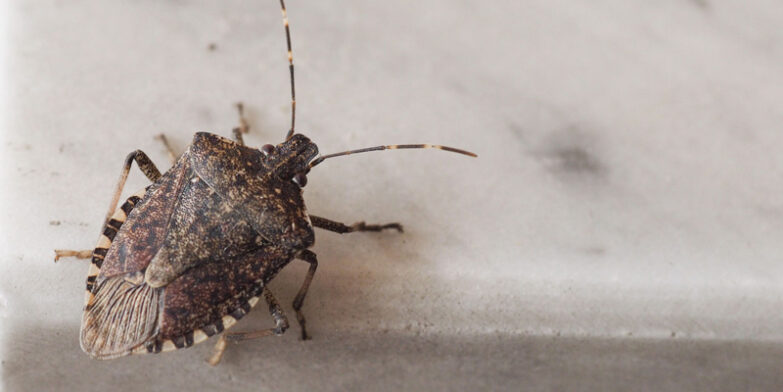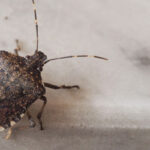
Importers are increasingly being caught out by pest-related enforcement, as wood packaging materials arrive contaminated despite appearing fully compliant. The financial consequences are severe: multi-layered fines, demurrage, fumigation costs, and in the worst cases, full re-exportation of cargo.
Exporting vendors must be made aware of the tightening regulatory environment and the heightened scrutiny applied by Customs and Border Protection (CBP). Without proactive control at origin, importers face mounting exposure, unavoidable delays, and escalating costs.
CBP issued more than 87,000 Agriculture Emergency Action Notifications (EANs) in the last fiscal year, an 11% increase from the previous year. Over 16,000 of these involved pests found in or on cargo or its packaging. Each notification signals non-compliance with USDA-APHIS regulations and often triggers costly follow-up actions.
Importers report sharply rising bills linked to fumigation, terminal charges, storage, demurrage, and detention. In several cases, delays in communication between regulatory agencies and cargo interests have allowed fees to accumulate for days before shippers were even aware of a problem.
When pests are detected, CBP may order quarantine, treatment, re-exportation, or destruction of the affected shipment. The decision depends on the type of pest, the commodity, and the origin. Re-exportation is particularly damaging: importers lose both product and duty, and the entire logistics chain absorbs the disruption.
The reality is stark: unless packing is treated, inspected, and controlled at origin, importers risk serious financial exposure with little recourse once cargo enters the US.
Wood Packaging Materials: A Growing Liability
Wood packaging materials (WPM) — pallets, crates, dunnage and bracing — are the most common source of pest contamination and the leading cause of re-exportation orders.
Even when WPM carries an authentic ISPM 15 stamp, live insects are still being discovered. Treatments such as heat treatment and methyl bromide fumigation are not always effective, and CBP’s view is simple: if live pests are present, the shipment is non-compliant.
Penalties can reach up to three times the cargo value, and for many importers, fumigation is only a temporary reprieve. If pests survive treatment or infestations are severe, re-exportation becomes mandatory.
Solutions Are Months Away
USDA has approved a new destruction method — a shredder-hammer mill process — intended to eliminate pests in non-compliant wood packaging without forcing entire shipments to be exported. The system would grind WPM to a safe state within port facilities.
However, the machinery does not yet exist. Engineering, fabrication, certification, and deployment will take months, meaning importers must continue relying on current treatments and strict origin controls.
What Importers Must Do Now
Because the financial burden ultimately falls on the importer, proactive steps at origin are essential:
- Require vendors and packers to use verified ISPM-15-compliant WPM and request evidence of treatment.
- Audit overseas packing practices.
- Avoid placing cargo on grassed or pest-exposed surfaces during staging.
- Incorporate pest-risk clauses into purchase orders and supplier contracts.
- Build additional time into schedules for potential inspections.
- Confirm that packers follow commodity-specific pre-treatments where required.
The regulatory environment is tightening, and enforcement is accelerating. With fewer remedial options available once freight arrives in the US, importers must ensure their supply chain partners understand the stakes and implement effective controls long before cargo reaches the port.





